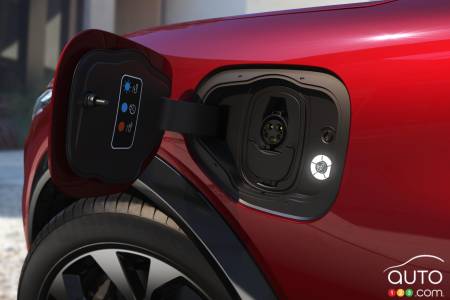If you're among those who disapproved of Ford using the Mustang name for an electric SUV, the following news might rile you up further. So far this year, the company has produced more Mach-E versions of the Mustang around the world than it has gasoline-powered Mustang cars.
The numbers, as reported by Bloomberg, show that Ford has produced 27,816 Mach-Es so far, compared to 26,089 gasoline-powered sports cars.
In the U.S., the gas-powered Mustang remains three times more popular than the electric SUV, it should be noted. However, elsewhere in the world, led by places like EV-friendly Norway, demand is clearly leaning heavily now towards the electric model.
Gasoline-powered Ford Mustangs are built at the Flat Rock Assembly Plant in Michigan. The Mach-E Mustang is assembled at Ford’s Cuautitlan, Mexico plant.

As for sales figures (which don't precisely follow production totals, of course), it's interesting to note that the Mach-E was the top-selling vehicle in Norway in May, the first full month it was on sale there. A total of 1,384 units were snapped up, or about 10 percent of all vehicles sold in the country. The second and third spots were also occupied by electrified vehicles, by the way (those being the Toyota RAV4 hybrid and the Skoda Enyaq).
Interestingly, regardless of where the Mach-E is offered, Ford says it is “essentially selling as soon as it hits dealer showrooms”.
“We are really excited about the success that we are having with our launch of the all-new Mustang Mach-E, not just here in America, but globally too,” Ford sales analyst Erich Merkle told Bloomberg via email. “And to be fair, keep in mind that the Mustang and the Flat Rock plant have been impacted by external factors, namely the semiconductor chip shortage”.
While this is a notable first, with the electric model outpacing its very popular gas-fed sibling, time we see it happen. Ford and many others have made a major commitment to electrification. The automaker plans to offer 40 electrified vehicles worldwide by 2022, including 16 fully electric models and 24 others that are plug-in hybrids. Ford’s plans are also very ambitious in Europe, where the manufacturer sees its passenger vehicle fleet being fully electric by 2030.